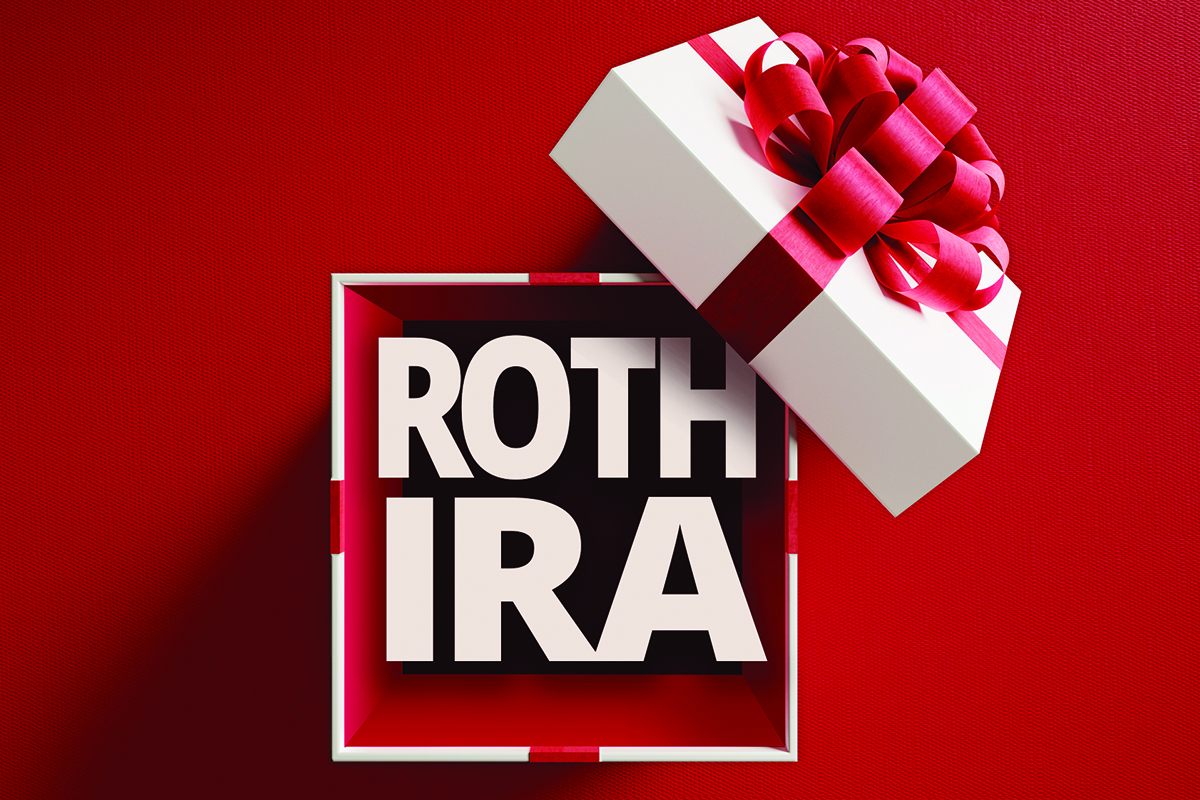While it isn’t visible like jewelry and doesn’t give bragging rights like a “bucket-list” trip, it does offer lasting and meaningful benefits for the giver and the recipient.
A CPA friend and I were talking about Valentine’s Day and the lovely gifts we have received from our spouses over the years. My friend then said, “If he really loved me, he would convert some of his traditional IRA to a Roth.”
Thinking about her comment, I agree that a Roth IRA conversion truly is a lovely Valentine’s Day gift. While it isn’t visible like jewelry and doesn’t give bragging rights like a “bucket-list” trip, it does offer lasting and meaningful benefits for the giver and the recipient. There is a trade-off. The dollars converted are taxed today. But assuming the rules are followed, the Roth IRA will provide tax-free distributions going forward. This can provide flexibility to both retirement income and legacy plans.
Here are seven reasons a Roth IRA conversion might be an attractive Valentine’s Day gift. (Note: These reasons assume that the Roth IRA has met the requirements for distributions to qualify as tax-free.)
1. Manage income taxes in retirement.
Many retirees want to manage their 1099s, which actually means their taxable income. (Remember that in retirement, managing taxes can help portfolio sustainability.) If the rules are followed, a Roth IRA distributes tax-free cash flow–spendable, but not included, in taxable income.
2. Stay under the income thresholds for Social Security benefits and Medicare.
For those receiving Social Security benefits and/or Medicare, if they go over certain income thresholds, additional costs may be incurred. Exceeding Social Security’s threshold can mean having up to 85% of the benefit taxed. Medicare’s Income-Related Monthly Adjustment Amount (IRMAA) has hard-line income thresholds. If income is even $1.00 over the threshold, the premium increases. Currently, qualifying Roth IRA distributions do not count in the income calculation for these thresholds.
3. Avoid the Net Investment Income Tax (NIIT).
For those over the NIIT threshold, an additional 3.8% tax is charged on investment income. This increases the total tax bracket for dividends, short and long-term capital gains, and gains distributed from annuities.
4. Manage the surviving spouse tax “surprise.”
With a married couple, one will pass away first. When that occurs, it often means a jump in tax rates for the surviving spouse. Why? The survivor’s income may be close to what the couple had. But the income brackets for a Single-filer are lower: half of those for Married Filing Jointly. A Roth IRA can help the surviving spouse reduce the taxable cash flow without compromising lifestyle.
5. No required minimum distributions (RMDs).
Roth IRAs do not require RMDs. Traditional IRAs are accounts that must be spent. The IRS requires that a distribution be taken every year after the traditional IRA owner reaches the Required Beginning Date (RBD). RMDs mean additional ordinary income every year after the RBD. Roth IRAs do not have to be spent, and the cash flow is tax-free.
6. Tax-free options for a surviving spouse.
The loss of a spouse can mean increased taxes on income and Social Security benefits, as well as increased costs associated with Medicare’s IRMAA. The NIIT has a lower threshold for Single taxpayers too. A Roth IRA provides a tax-free cash cushion, which can provide regular income or cover discretionary expenses.
7. An income-tax-free legacy for children (and grandchildren).
Adult children and grandchildren of the account owner are considered designated beneficiaries (DBs). After the Setting Every Community Up for Retirement Enhancement (SECURE) Act, was passed DBs must distribute an IRA–traditional or Roth–by the end of the 10th year after the year of the owner’s death. This compressed distribution period would mean higher taxes for many traditional IRA beneficiaries. Assuming the Roth IRA has met the requirements, the distributions will be tax-free.
Remember that a conversion to a Roth IRA is a final decision. There are no do-overs. In some cases, a “Roth conversion IOU” can allow for flexibility on timing.
These benefits don’t come in a box from a favorite store or make for great selfies to post on social media, but they do offer tax-management opportunities and an income-tax-free legacy for a spouse and other loved ones. And remember, before making any decisions, it is best to work with tax and legal professionals.
Good news from my CPA friend. Her spouse does love her very much. She has both an IOU for a Roth IRA conversion and a box from her favorite boutique–a win-win!

